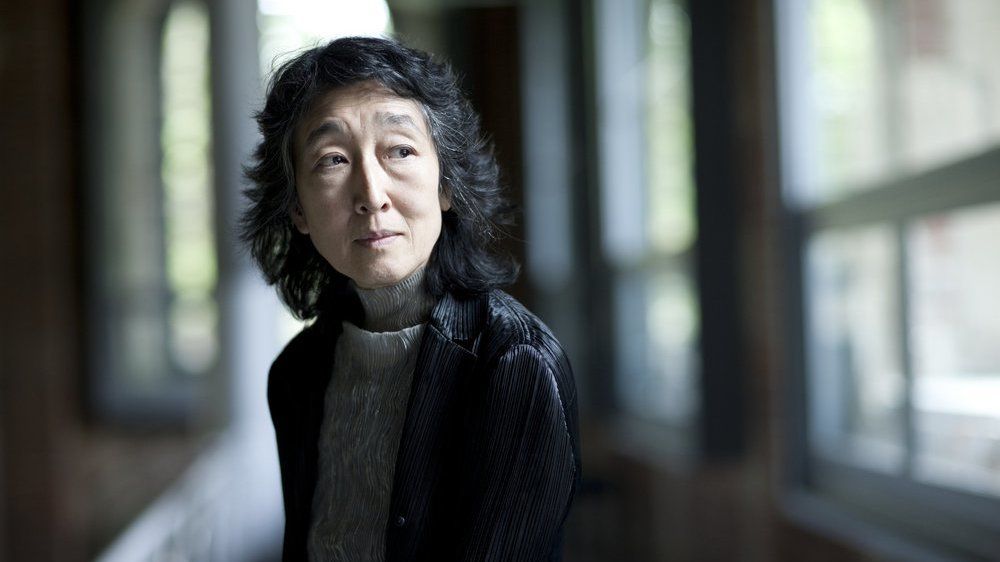Two weeks ago, we explored the uniquely tragic significance of G minor throughout Mozart’s music, from The Magic Flute‘s lamenting aria, “Ach, ich fühl’s,” to the persistent “minor-ness” of Symphony No. 40. Today, I want to take a similar excursion into minor-key Mozart with the Piano Concerto No. 24 in C minor, K. 491. This is one of only two concertos Mozart wrote in a minor key. It provides a dark, stormy counterweight to the bright comedy of The Marriage of Figaro, completed around the same time in 1786. Regarding the significance of Mozart’s choice of key, the musicologist Alfred Einstein wrote,
If G minor is the fatalistic key for Mozart, then C minor is the dramatic one, the key of contrasts between aggressive unisons and lyrical passages. The lyrical quality is always taken over by gloomy outbursts.
The dramatic, almost symphonic, weight of this music is evident in the size of the orchestra used, the largest Mozart ever employed for a concerto, which includes flute, two oboes, two clarinets, two bassoons, two horns, two trumpets, timpani, and strings.
Listen to the sense of quiet mystery in the opening phrase of the first movement’s introduction. The music seems to be groping through the darkness, as if looking for a way forward amid ear-stretching chromaticism. We never hear the note we expect. Audiences must have been bewildered by the complexity and ferocity of this opening, which seems to anticipate the turbulence of Beethoven’s C minor music and even the Romanticism of Schumann and Brahms. The wide array of instrumental voices comes alive in an extended dialogue. (Notice the way the piano’s staccato arpeggios beginning around 3:03 are echoed by the clarinet around 3:37). The ominous half-step bass line at 4:07 is heard throughout the first movement, stepping to the forefront at this moment in the development section, where it becomes reminiscent of the “Turkish Dance” in Mozart’s Fifth Violin Concerto. Following the cadenza, we hear a coda filled with ferocity, but listen to the way this outburst of pathos fades into quiet mystery and anxiety in the final bars.
Following the turbulence of the first movement, the second movement, Larghetto, can be heard as a solitary, contemplative prayer of “childlike simplicity.” Alfred Einstein commented that it
moves in regions of the purest and most moving tranquility, and has a transcendent simplicity of expression.
The second movement is in a rondo form, in which the music ventures into a series of far-reaching adventures while returning “home” in between. As a result, for the final movement Mozart leaves behind the customary rondo in favor of a theme and variations. The pianist Angela Hewitt writes,
The tune could easily be completely gloomy if it wasn’t for the grace notes in the sixth and seventh bars. Most people see this as a march. I think it begins more like a sinister dance with its alla breve time signature. There’s still something of the Baroque in Mozart’s inspiration.
If you can’t immediately hear the “sinister dance” quality Hewitt mentions, wait for the wild, parallel chromatics near the end. Indeed, Concerto No. 24 unfolds as a uniquely dark, mysterious drama.
Here is a 1988 recording featuring Mitsuko Uchida and Jeffrey Tate leading the English Chamber Orchestra:
Recordings
- Mozart: Piano Concerto No. 24 in C minor, K. 491, Mitsuko Uchida, Jeffrey Tate, English Chamber Orchestra iTunes


Thank you for the Mozart 24. Have not listened to it for a while, so a welcome gift.
I have been preoccupied with Haydn string quartets Opus 20…